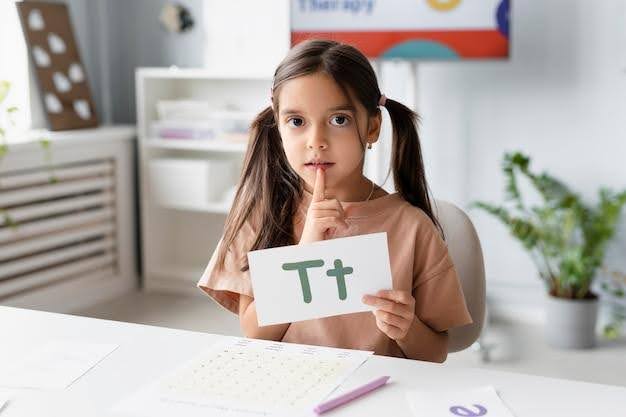It can be difficult to help dyslexic learners achieve the goal of reading success. A structured phonics approach can improve reading success tremendously. Phonics focuses on the relationship between letters and sounds, which begins a solid foundation for reading and spelling.
In this guide, we are breaking down the steps for the phonics approach. Each step builds on the previous step, so learners can progress at their own pace.
Support Through an Online Dyslexia Phonics Learning Program
Many institutions offer an offline and online dyslexia phonics learning program that teaches students basic sounds to read effectively without hesitation. The programs are intended to provide multisensory interactive lessons to develop foundational reading skills at a comfortable pace.
For dyslexic learners, this format can offer individualized assistance that fosters confidence and retention.
Learning Letter Sounds
Phonics starts with teaching kids how letters link to sounds. Kids are often introduced to a unique set of schemes such as S, A, T, P, I, and N. This small set of letters can create lots of simple words (‘sat’ or ‘pin’ or ‘pat’), which is the foundation for words with three letters. Children learn to verbalize the sound as they see the letters and then practice writing the letter using the correct formation.
When working with dyslexic learners, using a combination of visual, audio, and hands-on activities can be beneficial and make this step of phonics easier. Practicing and praising students is important to build confidence in recognizing and using these basic letter sounds.
Blending Sounds into Words
Blending is the method of combining sounds to create a word. Children typically start with simple words like “cat”, which are called consonant-vowel-consonant (CVC), but as they progress to more difficult words like “stop”.
This is an important stage because students can understand how sounds come together to form whole words. This lesson can be made easier and more interactive for students by using things like sound cards, tapping sounds with their fingers, or breaking words into parts.
Introducing Digraphs
Once children have mastered single-letter sounds, they move on to digraphs, which means two letters making a single sound. Learning digraphs allows students to decode more words like “ship,” “moon,” or “chin”.
It can be tough for children with dyslexia, so it’s better to introduce them to one digraph at a time and play with it through fun activities like flashcards, matching games, and decoding simple words.
Exploring Alternative Graphemes
At this stage, children recognize that a sound can be represented by more than one spelling. They understand that the same letter pattern can be pronounced differently in other words, such as “ea” in sea, head, and break.
This can stress the dyslexic learner; therefore, it is important to teach these patterns with examples, images, and in word groups.
Developing Fluency and Accuracy
At this stage, children can read many familiar words by sight and decode unfamiliar words. Students with dyslexia may still require more time to read, but can show improvement with the right support. At this stage, they should be able to spell phonetically; however, some words may still be missed.
Repeated reading and even simple writing tasks help to build fluency.




